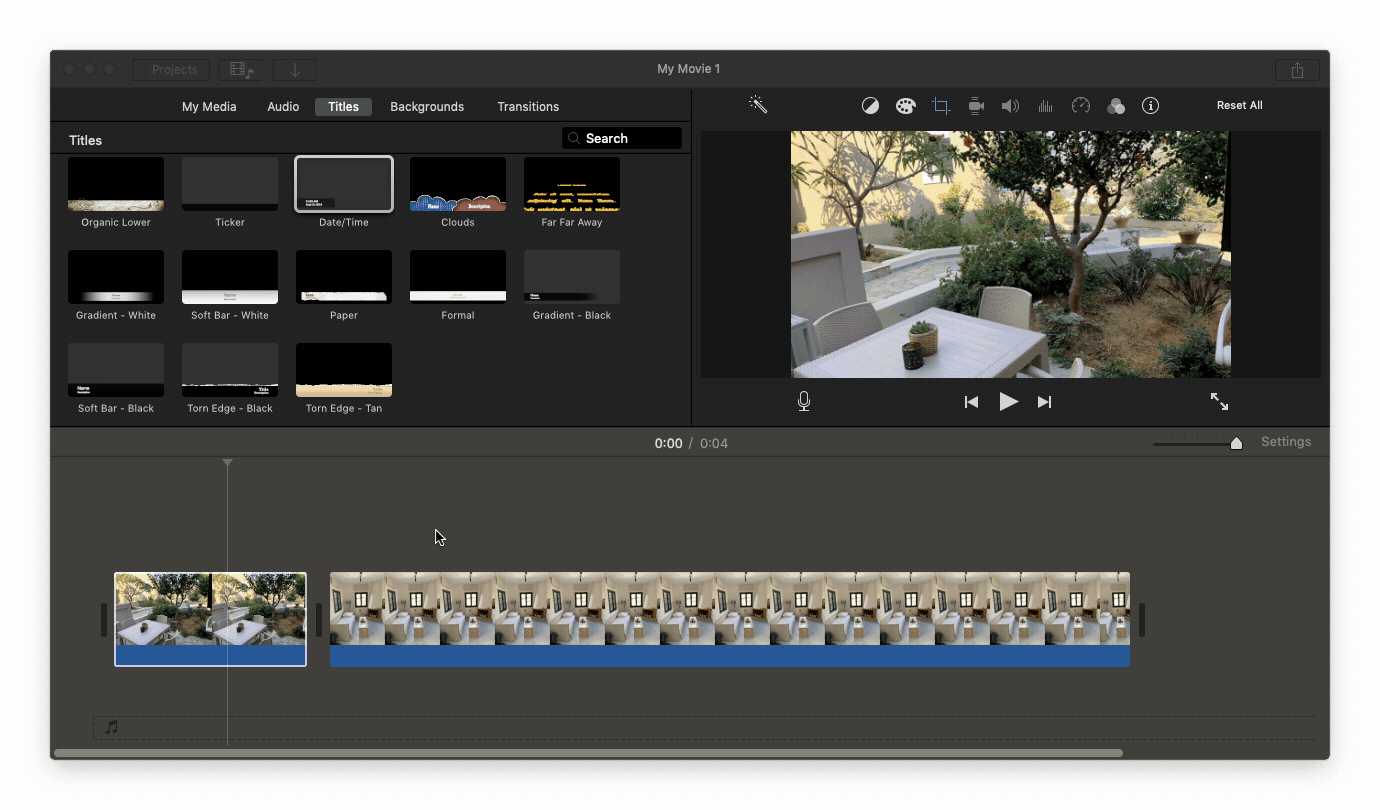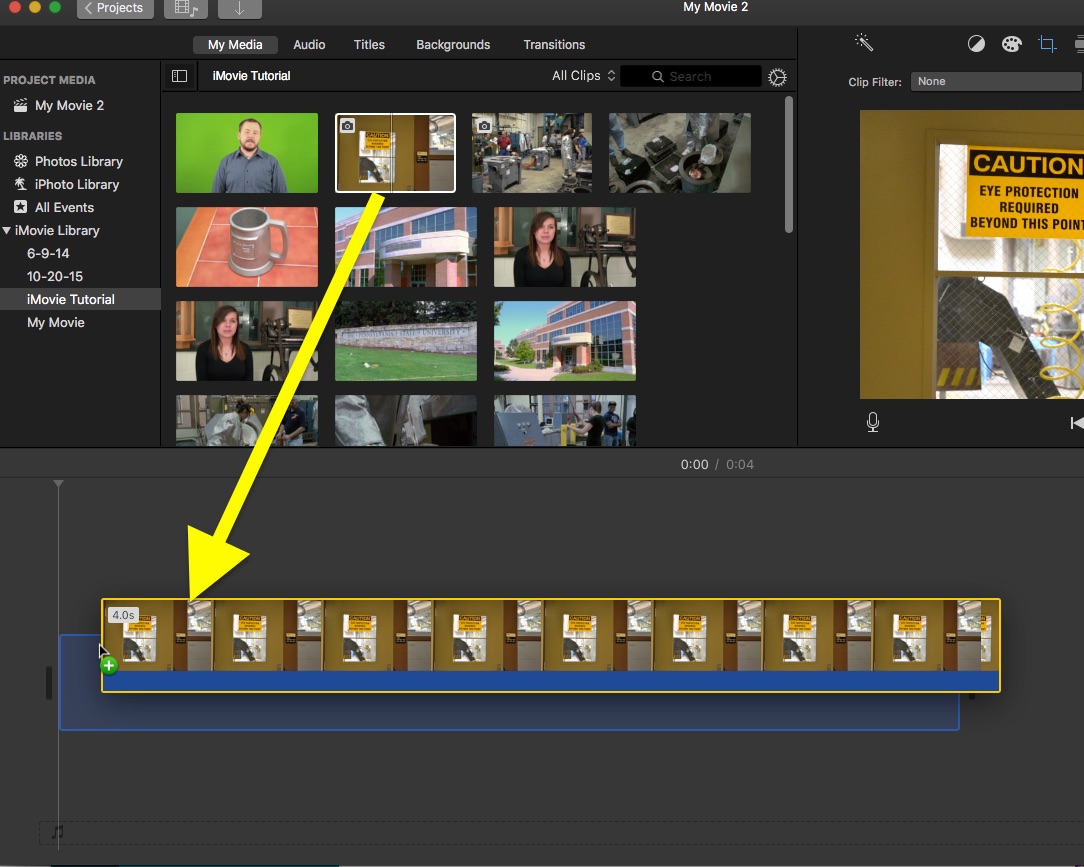

On the Mac, iMovie’s myriad buttons and shiny aluminum textures are all gone, replaced with a few distinct sections: a sidebar for accessing your photos, video, projects, and content library buttons for importing video, creating new projects, and sharing clips/projects a tab switch between iMovie’s Library screen and iMovie Theater and two editing buttons: Enhance and Adjust. But once you open up a project, it becomes clear that those editing chops are still there. Its initial treatment reminds me far more of iPhoto’s management options than of a piece of video-editing software.

The first thing you see upon launching the program is a collection of your event clips and a big viewing screen-you don’t even have to make a project if all you want to do is find and share a particular clip. But dig a little deeper and you’ll find all the features you know and love from prior versions.īut unlike previous versions of iMovie, those tools aren’t out in the open-they’re instead secreted away behind simplistic-looking buttons that won’t scare off casual filmmakers or beginners. On its surface, iMovie looks rather simplistic. It has the same “space gray” coloration and timeline handling, and though it pales in comparison to Final Cut’s feature-set, it still has a decent number of tools in its toolbox. This version of iMovie, however, can stand proudly alongside its big brother. It never quite had the same timeline handling, or the right look sometimes it would be ahead of Final Cut’s development curve, sometimes far behind. IMovie has always been a bit of an odd sibling to its big brother, Final Cut, in terms of both features and appearance. The interface is wonderful-and it’s seamless across operating systems (Mac and iOS)
HOW TO UNDO IN IMOVIE ON MAC MAC
I could go on like this for awhile, but instead of writing a whole review here, I’m going to cut to the juicy parts and focus on twenty new and improved features in iMovie for the Mac and on iOS.ġ. And it’s added a new avenue for easily sharing movies to your computer and Apple TV.

It retains a lot of advanced features from prior versions, but keeps its interface clutter- and confusion-free for newer users. Apple’s new version of iMovie is sleek and sophisticated both on the Mac and on iOS devices. Now it’s reinvented itself all over again thankfully, this time it left out that awkward, gangly in-between year.
HOW TO UNDO IN IMOVIE ON MAC HOW TO
It reinvented itself and how to make films in 2008-though some would argue it didn’t actually make it to the “usability” stage until the next year. It broke new ground in its initial release by giving families and budding filmmakers a way to edit films that didn’t cost thousands of dollars. If you hit any snags, here’s a detailed tutorial on using AirDrop to share items.Apple’s consumer filmmaking software, iMovie, has gotten its fair share of both praise and scorn over the years. When it arrives, it should automatically pop up on your screen in the Finder window. Tap the AirDrop icon to send the project to your computer. When you click Share, you should see the option to AirDrop your file to your Mac, as long as it’s enabled. The easiest way to move your project to your Mac is via AirDrop. Tap the “Share” button on the same screen. With that out of the way, here’s how to move iMovie project to your Macįirst, open iMovie on your iPhone or iPad and select the Projects tab at the top. Next, tap on the project icon you’d like to share. You’ll have to continue editing on your Mac, so be careful not to send unless you’re committing to editing on Mac. Note: One thing to keep in mind about this process is that you won’t be able to send your projects back to your iPhone or iPad after migrating them to Mac. If you’ve ever spent time creating an iMovie project on your iPhone or iPad that you wanted to continue working with on your Mac, moving it over is a simple process.


 0 kommentar(er)
0 kommentar(er)
